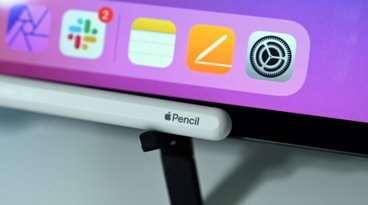Hands on: Luna Display extends your Mac's display to the iPad wirelessly
Assorted app combinations have been utilizing Wi-Fi to extend the Mac's desktop to the iPad for some time — but the new Luna Display plug from the makers of the Astropad app eliminates hacks from the equation, and is able to send fully accelerated video from the Mac to an iPad companion app.
The Luna Display dongle is either a USB-C or Mini DisplayPort device that plugs into a compatible Mac port to ferry information to a dedicated and free iPad app. In essence, Luna turns an iPad into a wireless, touch-capable display for the Mac.
AppleInsider has been using a prototype of the Luna Display plug for a year, and now the full version for a month while producing content. We've also used gestures, pinching, and the entire range of gestures allowable on Apple's Magic Trackpad — and again, with no issues at all.
Compared to the Astropad standard edition that does not require the plug, the Luna Display dongle facilitates much faster video, given that it is now accelerated by the computer's GPU. Even in fairly busy small office and home Wi-Fi networks, we didn't have any problems. It did drop out a few times with quick motion when trying it out in a busy Starbucks, but the video signal rapidly corrected itself.
Don't get us wrong — there is still some lag mostly because of latency from the Wi-Fi connection. It isn't a lot, and it is better than most wireless screen-extension apps. But, you can see it, and it is clearly tangible. We're not sure we'd want to play games on it, but productivity and email don't suffer at all from it.
We've examined a few different display extender apps for the iPad and MacOS and previously preferred wired implementations in the past, but the Luna Display continues to impress.
The company claims that the app works on iPads all the way back to the iPad 2. We can confirm that this is the case, but we can't recommend anything older than an iPad Air to use as a second display. The new sixth-generation iPad released in the spring of 2018, or an iPad Pro as we've used at some length work fantastically, though.
If you've got a relatively new iPad, and a MacBook Pro and are tight on screen real estate, AppleInsider recommends the Luna Display. We are less positive about the hardware requiring an additional $29 payment for Astropad to unlock the full potential of the Apple Pencil in conjunction with the Mac, given that the hardware costs $80 on its own for either a USB-C version or one with the Mini DisplayPort connector.
But, even without that, it opens up some unique use cases, particularly with devices running headless, like connecting to a headless Mac mini functioning as a home server or to a MacBook Pro from another room in your house.
 Mike Wuerthele
Mike Wuerthele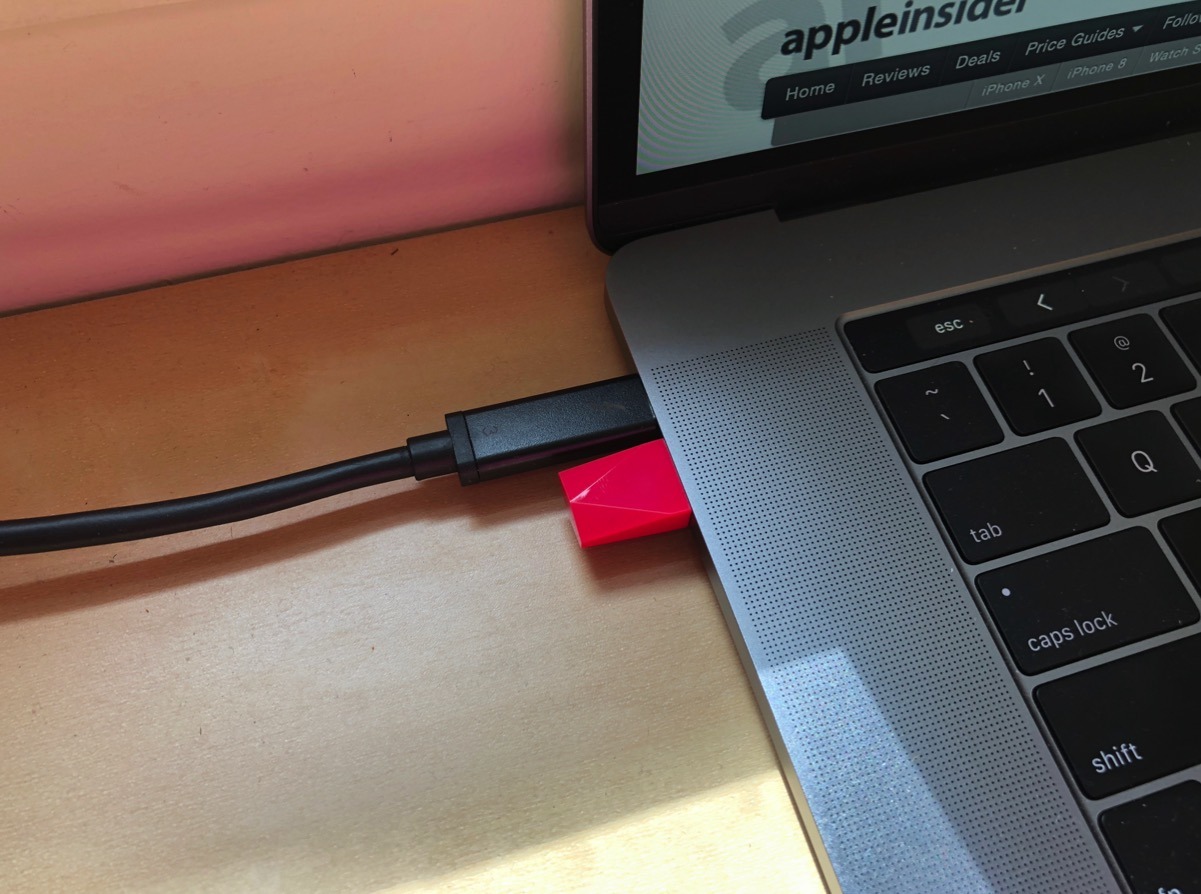




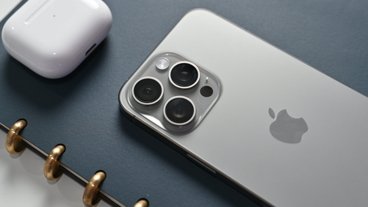
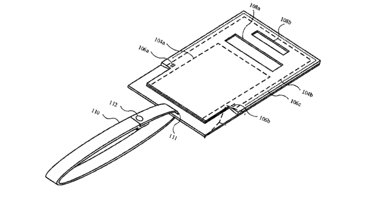





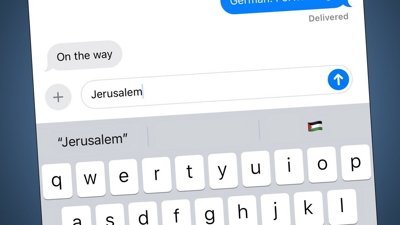
 Malcolm Owen
Malcolm Owen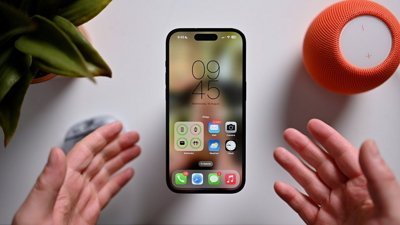
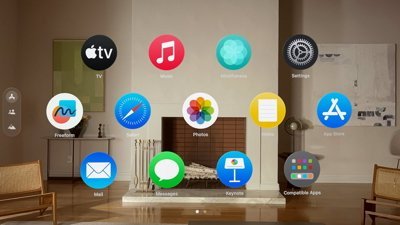

 William Gallagher
William Gallagher

 Christine McKee
Christine McKee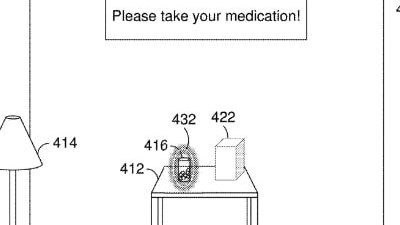
 David Schloss
David Schloss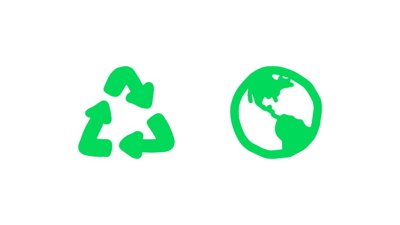
 Amber Neely
Amber Neely

